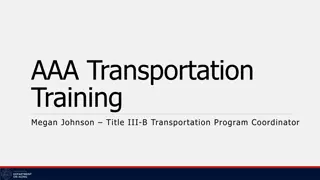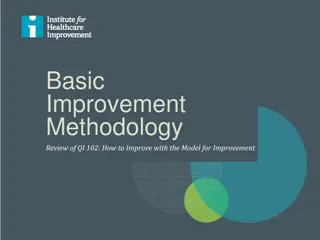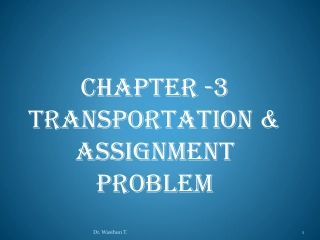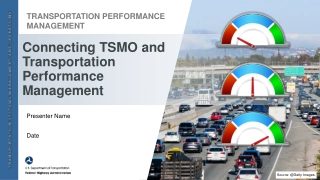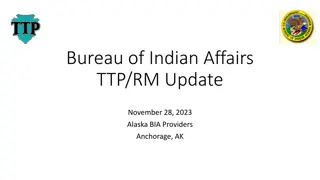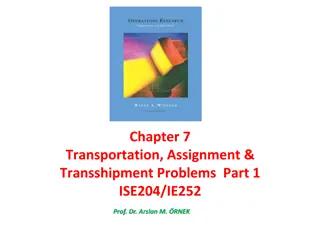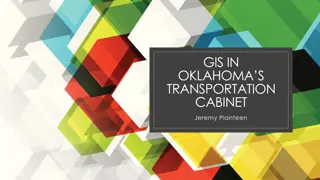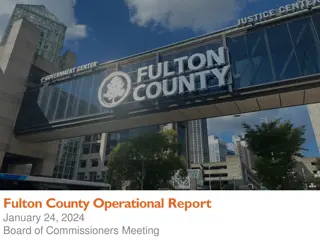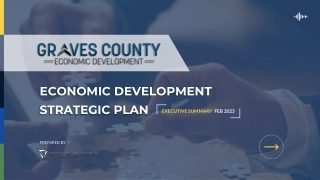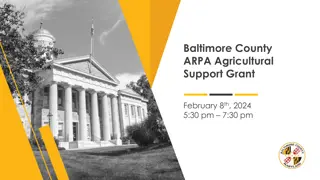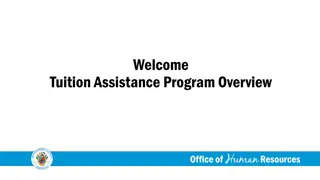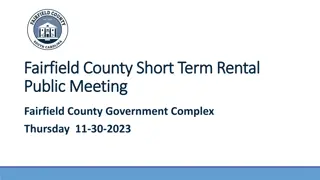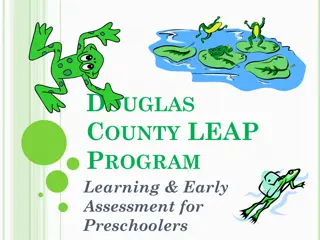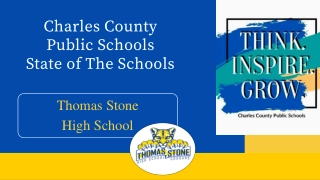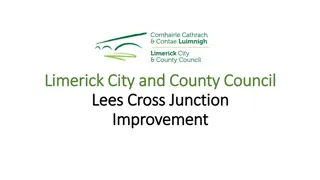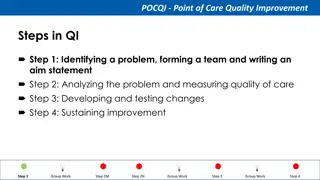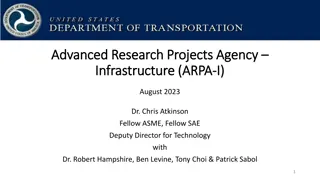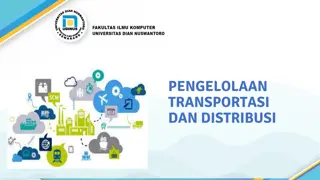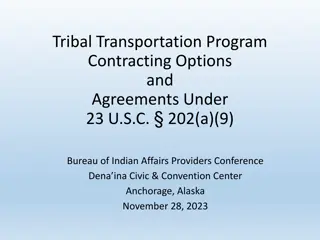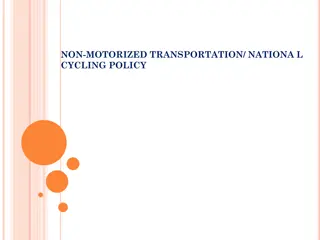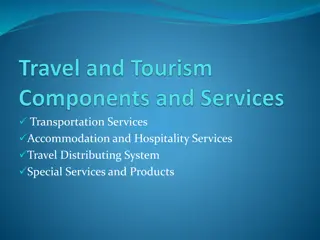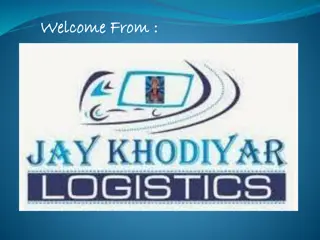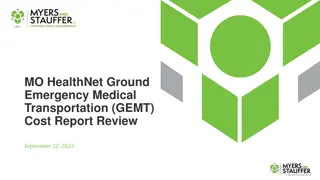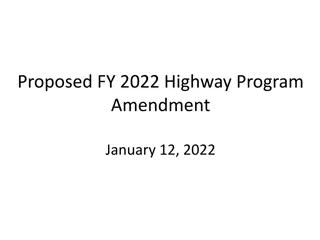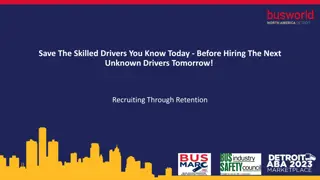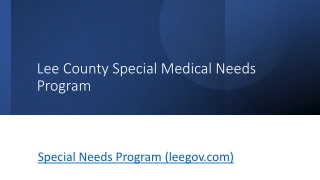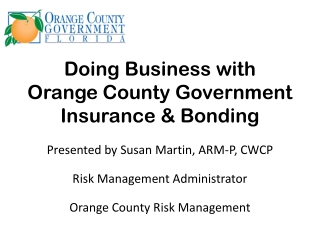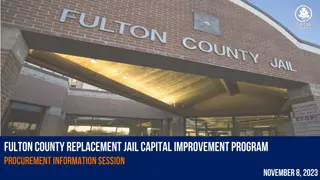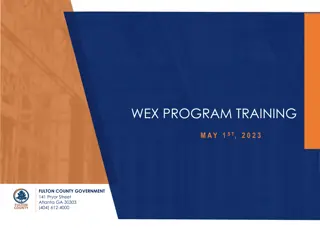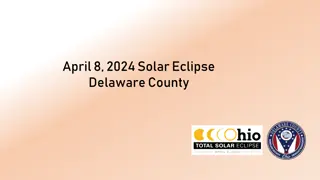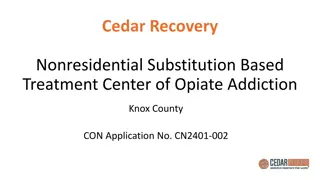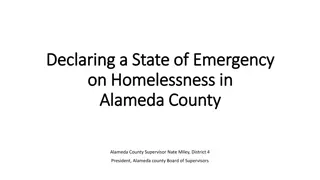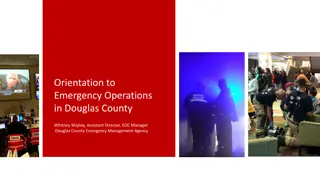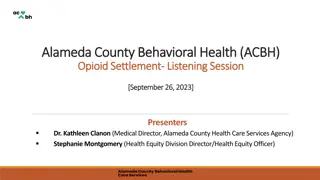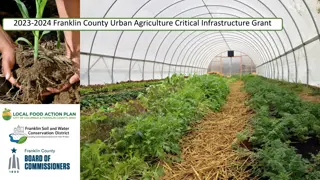Richland County Transportation Improvement Summary
Richland County's transportation improvement work includes sessions on project principles, funding options, project costs, and guidelines for utilizing the transportation penny. The focus is on addressing transportation needs, project prioritization, funding challenges, and division of funds for various projects. County Council plays a crucial role in establishing guidelines to ensure the effective use of resources for transportation projects.
Download Presentation

Please find below an Image/Link to download the presentation.
The content on the website is provided AS IS for your information and personal use only. It may not be sold, licensed, or shared on other websites without obtaining consent from the author. Download presentation by click this link. If you encounter any issues during the download, it is possible that the publisher has removed the file from their server.
E N D
Presentation Transcript
Richland County Transportation Improvement Work Session #1 March 12, 2024
Work Session #1 2023 Transportation Needs Project Principles Resolution of County Council Funding Input and Advice TPAC Roadmap Review Categories Resolution 2
2023 Resolution of County Council 3
Transportation Needs Process Review RFP Community Meetings Engagement with Local Governments and COG Unfinished Projects Funded Unfunded Project List Summary of community feedback Review project highlights Additional work to be completed Time horizon 4
Transportation Needs Project Costs Cost estimating Accounting for inflation In excess of $2 Billion Only includes transportation projects Does not account for COMET needs 5
Funding Traditional tools to fund Transportation Needs Pay as you go County Bonds Insufficient capacity and will eliminate capacity for other capital needs of the County Grants Will not be enough to serve as a primary source Size of Transportation Needs Requires Additional Source Other counties are utilizing transportation pennies Consider continuing the transportation penny 6
How Much Is a Transportation Penny Worth? 15-year Transportation Penny $2.2 billion 7
Funding How to Divide the Transportation Penny? TRANSPORTATION PROJECTS CMRTA COMET BUS SYSTEM 8
County Council established guidelines for how and where the proceeds of the next transportation penny will be used to fund the County s transportation needs. Project Principles 9
Project Principles The principles would provide specific direction on key questions: How to prioritize projects remaining from the current penny project list? How to divide the penny among project categories that will appear on the ballot? What factors, i.e. needs of community, safety, access, etc. should be prioritized? What portion of the penny, if any, should be reserved and set aside to address future projects of strategic or critical importance to the County? 10
Categories COMMUNITY INVESTMENT PROJECTS Ballot questions for transportation pennies have taken many forms. Some list projects but others include larger categories. Some allocate dollar amounts to categories and others use percentages. COUNTY ADVANCEMENT PROJECTS COMET ENHANCEMENT PROJECTS 11
These projects benefit citizens and businesses in the County and are focused on improving the integrity, safety, reliability and sustainability of the transportation infrastructure in communities in order to enhance citizens regular commutes to work, play and live. These projects will mostly encompass road improvement, resurfacing and paving, intersection improvements, pedestrian- friendly improvements, including sidewalks, and multimodal transportations infrastructure. Additionally, the Community Investment projects will include transportation projects to address emerging home developments and population growth in the County. Community Investment Projects 13
These projects address improvements along major roadways within the County and expansion of transportation infrastructure to achieve, support and sustain County economic growth in an equitable manner in accordance with the strategic goals of the County. County Advancement Projects 14
Funds generated by the penny and allocated to the CMRTA will assist in funding the continued operation of the COMET mass transit system. COMET Enhancement Projects 15
The Task: Convert Needs to Projects, and Projects to Categories Needs inventory must be reduced to a list of Projects filtered in accordance with Principles Needs Inventory Projects must then be grouped by referendum Category so Council can determine how to divide the penny 1. Roadways 2. Intersections 3. Resurfacing 4. Sidewalks 5. Safety 6. Traffic alleviation 7. Future Growth 1.How will the proceeds be spent? 2. Where will the proceeds be spent? 3. What factors, i.e. community needs, safety, will be prioritized? 4. How much funds should be reserved for future projects? 1. Community Improvement 2. County Advancement 3. COMET Enhancement 16
Input and Advice Transportation Ad Hoc Committee (TAHC) TAHC to receive information from TPAC Finalize recommendation on Projects and Principles Finalize recommendation on referendum categories Finalize recommendation on how to divide the penny among referendum project categories Transportation Advisory Committee (TPAC) Council to charge TPAC to provide advice on Projects and Principles Council to adopt Resolution March 19 TPAC to report to Transportation Ad Hoc 17
Roadmap Review April 9: Council Meeting, 1st Reading Penny Tax Referendum Ordinance March 19: Council Meeting, Approve TPAC Resolution March 26: TAHC Meeting, Projects and Principles April 1: TPAC Meeting, Projects and Principles April 15: TPAC Meeting, Projects and Principles May 6: TPAC Meeting, Allocation of funds to Categories May 7: TAHC Meeting, Allocation of funds to Categories April 16: TAHC Meeting, Projects and Principles April 23: Council Work Session #2, TAHC Report May 7: Council Meeting, 2nd Reading June 17: TPAC Meeting, Deadline for Recommendations June 18: TAHC Meeting, Receive and Review TPAC Recommendations June 3: TPAC Meeting, Finalize Recommendations May 20: TPAC Meeting May 21: TAHC Meeting All specially called meetings are denoted with purple text. June 25: Council Work Session #3, TAHC Report, Finalize Projects and Principles, Finalize Allocations July 16: Council Meeting, Final Reading on Penny Ordinance, Adopt Resolution approving Projects and Principles July 9: Public Hearing on Penny Ordinance July 29: Council Work Session #4 19




